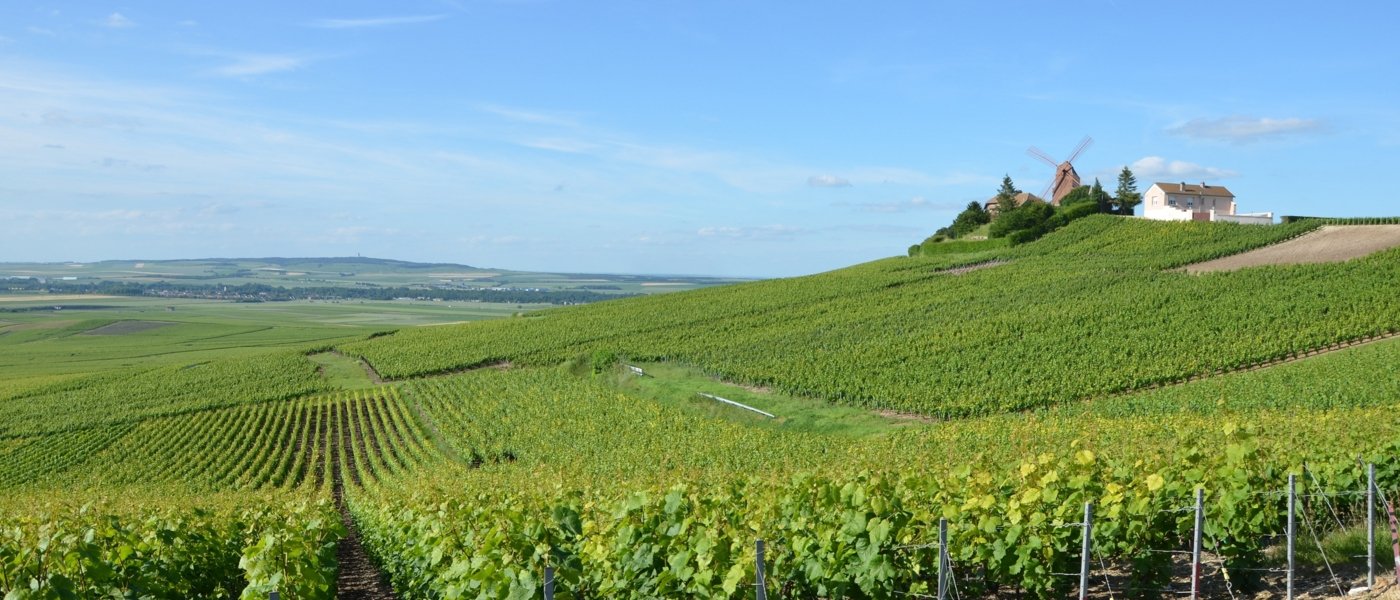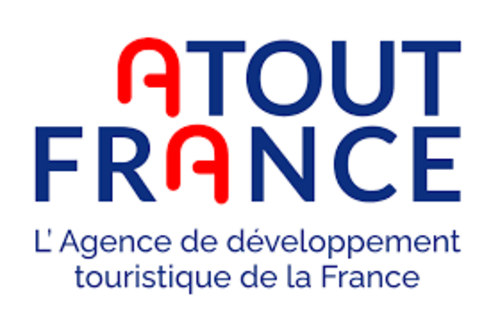A wine that was discovered by accident when still wines would start refermenting in the bottle, creating bubbles and ultimately causing the bottle to explode. It was only when it was possible to produce stronger glass bottles that could withstand the pressure of the carbon dioxide that this most celebrated tipple was really born and began to be appreciated by the Court of France and the English nobility. Champagne’s hallmark acidity bears testimony to the marginal climate in which the Pinot Noir, Pinot Meunier and Chardonnay grapes are grown, and only the discovery and understanding of this secondary fermentation enabled the Champenois to develop a style capable of coping with this tartness.
Discover the map of Champagne region
Champagne is dominated by the well-known brands produced by the big Champagne Houses such as Taittinger. As for any brand, consistency is key and most champagne is a product of blending grapes from different vintages, grapes and villages. Unlike most wine regions, branding is crucial here, and the Maison’s name takes priority over appellation, titles and quality honorifics such as grand cru and premier cru, although it has 17 grand cru and 41 premier cru villages. Indeed, Champagne is the only major French wine region to have only one appellation. Compare this to the myriad of appellation names associated with regions like Bordeaux and Burgundy. However, delving into the landscape and subregions of Champagne region map will give you a better feel for the styles of wine produced in this iconic region.
Matching the grape variety to the terroir
Drinkers of champagne will be familiar with the terms blanc de blancs, blanc de noirs and rosé. However, do they give any thought to where on the map of Champagne region the grapes contributing to these wines may have spent their life?
Blanc de blancs is a champagne produced only with white grapes, so in this case mostly Chardonnay, although other varieties such as Pinot Blanc and Pinot Gris are also permitted. Chardonnay grows best on the chalky, east and southeast-facing slopes of the Côte des Blancs. Chardonnay also contributes freshness and finesse to blends, along with creamy roundness and stone fruit aromas.
Blanc de noirs is produced only from black grapes, thus Pinot Noir and Pinot Meunier. Pinot Noir finds its home in the Champagne region map on the chalky soils of the Montagne de Reims, producing full, rich wines. Pinot Meunier vines send their roots deep into the soils of the sunny Vallée de Marne, yielding full, ripe wines bursting with fruit. Pinot Noir and Chardonnay also feel at home in this valley. Pinot Noir gives good palate weight and dark aromas, whereas Pinot Meunier provides acidity and a certain fruitiness.
And what of rosé? Champagne is one of the few regions where it is permitted to blend red wine with white to produce a pink wine. The lower slopes around the village of Bouzy can be too productive for top-quality champagne, so a small quantity of still red is made here, which is used to add the pink tint to rosé.
Discovering terroir
An increasing number of producers are eschewing tradition to make single-vineyard or single-village wines, showing the region’s variation in soils and climates. Grower champagne -stylish, individualistic wines, showcasing distinct terroirs - is becoming increasingly trendy, offering an alternative to the big consistent blended brands made by the larger houses. For example, southern Côte de Bar, with its soils resembling those of Chablis, is now a hotbed of experimentation.
If you’d like to broaden your champagne experience, let Wine Paths’ local experts guide you through the Champagne region map.
If you're interested in one of our Champagne Wine Tours, please visit this link.






